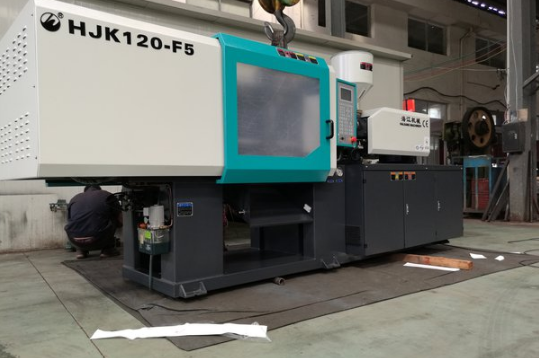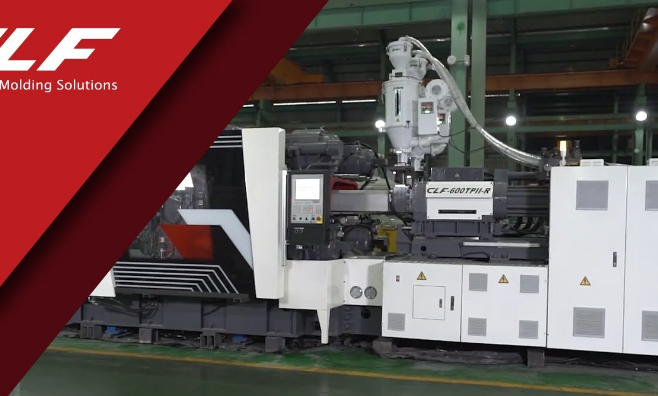Injection speed affects material flow, part quality, surface finish, and the overall efficiency of the molding process.
Fundamentals of Injection Speed in Molding
Definition and Measurement of Injection Speed
Injection speed is crucial in molding. It determines the rate at which plastic fills the mold. Measured in millimeters per second (mm/s), speeds typically range from 50 to 500 mm/s. High speeds, like 400-500 mm/s, can cut cycle times. However, they also risk defects if not well-managed.

Relationship Between Injection Speed and Pressure
Injection speed and pressure are interlinked. Increasing speed demands higher pressure for consistent flow. For example, raising speed from 100 mm/s to 200 mm/s may need a 20-40% pressure increase. The right balance, say 150 mm/s at 1200-1500 psi, minimizes defects.
Impact on Molding Quality:
High Speed and Pressure: At speeds over 400 mm/s and pressures above 1800 psi, defects like flash or short shots can occur.
Low Speed and Pressure: Below 75 mm/s and 800 psi, incomplete mold filling can happen.
In summary, precise control of speed and pressure is key in injection molding. This balance ensures high-quality, defect-free products.
Effects of Injection Speed on Product Quality
Impact on Material Flow and Filling
Injection speed plays a vital role in determining how material flows into and fills the mold, directly affecting the quality of the molded product.
Flow Dynamics:
High Speeds (350-500 mm/s): Can cause turbulent flow, leading to air entrapment and potential defects in up to 20% of parts.
Optimal Speeds (150-250 mm/s): Promote a smoother flow, reducing defect rates to below 5%.
Filling Efficiency:
Slow Speeds (below 100 mm/s): Risk premature cooling and incomplete filling in about 15% of cases.
Balanced Speeds: Ensure complete and uniform filling, maintaining high-quality output.
Influences on Surface Finish and Detail Accuracy
The surface finish and accuracy of details in injection-molded products are highly influenced by the speed of injection.
Surface Quality:
High Speeds (above 400 mm/s): May lead to a 30% increase in surface imperfections like blemishes or rough textures.
Moderate Speeds (200-300 mm/s): Improve surface smoothness, reducing imperfections by up to 25%.
Detail Replication:
Precise Speed (around 200 mm/s): Essential for capturing fine details, improving accuracy by up to 40%.
Speed Variability: Fluctuations can lead to a 20-30% increase in dimensional inaccuracies.
Managing injection speed meticulously can significantly enhance the quality, structural integrity, and aesthetic appeal of injection-molded products.
Injection Speed and Molding Efficiency
Speed’s Role in Cycle Time Reduction
In injection molding, the speed of injection plays a crucial role in determining the overall cycle time of the process. Faster injection speeds can significantly reduce the cycle time, thereby increasing production efficiency.

Cycle Time Dynamics:
Faster Speeds (300-500 mm/s): Can reduce cycle times by up to 25%, enhancing throughput.
Optimal Speeds for Efficiency (200-300 mm/s): Provide a balance, ensuring product quality while still offering a 15-20% reduction in cycle time.
Productivity Impact:
Increased Speeds: Lead to higher output rates, potentially increasing production capacity by 30-40%.
Balanced Approach: Ensures high-quality products with reduced risk of defects.
Balancing Speed with Energy Consumption
While higher injection speeds can improve efficiency, they also need to be balanced with energy consumption.
Energy Dynamics:
Higher Speeds and Energy Use: Increasing speeds can lead to a 10-20% rise in energy consumption.
Efficient Speed Management: Can minimize energy costs, balancing increased production with energy use.
Cost Implications:
Energy Costs at High Speeds: A 20% increase in speed can result in a 15% rise in energy costs.
Optimized Speed Settings: Reduce energy costs by up to 10% while maintaining efficient production.
By carefully managing injection speed, manufacturers can enhance molding efficiency, reduce cycle times, and optimize energy consumption, leading to more sustainable and cost-effective production processes.
Challenges Posed by Varying Injection Speeds
Managing Material Behavior at Different Speeds
| Challenge | Detail | Impact |
|---|---|---|
| Material Degradation | High speeds (above 400 mm/s) can cause overheating and degradation of some plastics. | Leads to a 20-30% increase in material waste and potential quality issues. |
| Air Entrapment | Faster speeds often trap air, causing defects in up to 15% of products. | Reduces the overall quality and strength of the final product. |
| Uneven Filling | Variability in speed can lead to inconsistent filling, affecting 10-20% of parts. | Causes dimensional inaccuracies and weakens structural integrity. |
Solutions:
Optimized Speed Settings: Identifying ideal speeds for each material can reduce waste and improve quality.
Advanced Control Systems: Use of precision controls to manage speed variations, enhancing consistency.
Equipment and Mold Design Considerations
| Challenge | Detail | Impact |
|---|---|---|
| Mold Stress | High injection speeds increase stress on molds, reducing their lifespan by up to 25%. | Leads to higher maintenance and replacement costs. |
| Equipment Wear and Tear | Higher speeds result in greater wear on machine components. | Can increase maintenance costs by 15-20%. |
| Precision Requirements | Molds need to be designed with precision to handle varying speeds. | Adds 10-15% to mold design and manufacturing costs. |
Solutions:
Robust Mold Design: Creating molds that can withstand high-speed injections, prolonging their life.
Regular Maintenance: Ensuring equipment is well-maintained to handle speed variations, reducing breakdown risks.
Effectively managing these challenges associated with varying injection speeds is crucial for maintaining production efficiency and product quality in injection molding processes.




